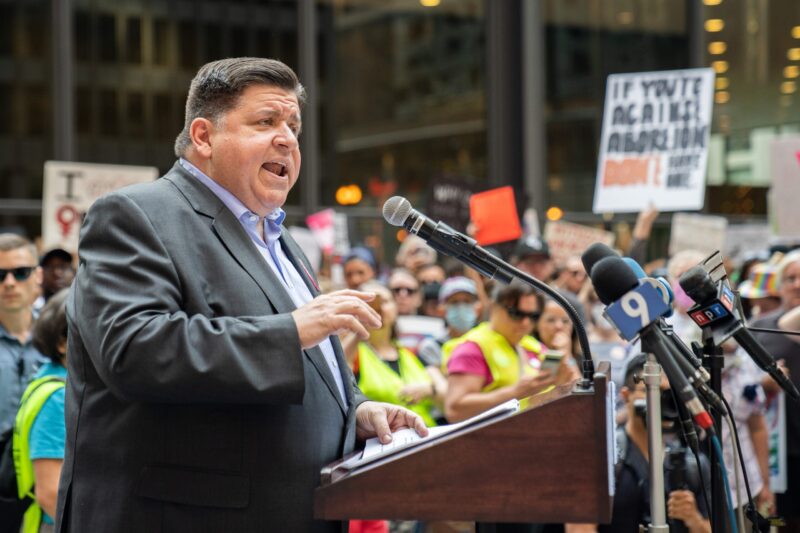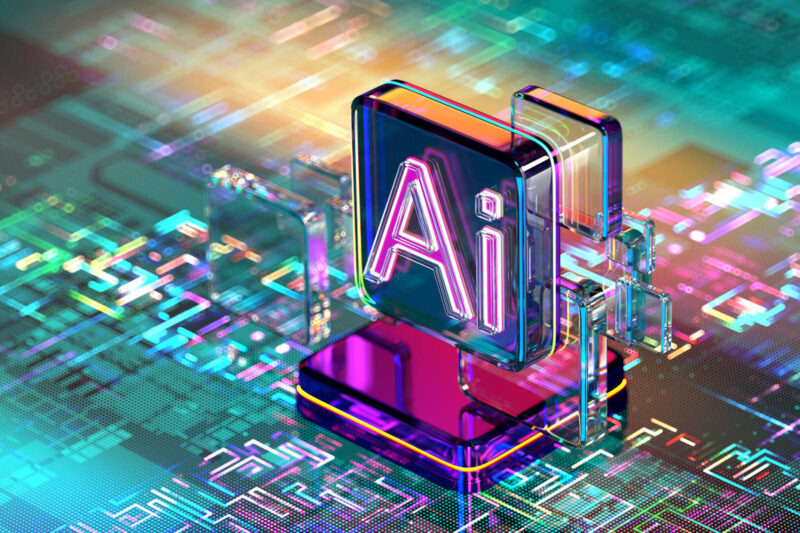Generative AI Is Hitting Young Workers First
If you’re fresh out of school and looking for that first job, the rise of generative AI may already be shaping your chances. A new Stanford University study tracked payroll data from millions of employees and found something troubling: early-career workers in AI-exposed fields are down 13 percent compared to where they were just a year ago.
That’s not a small dip. It’s a sign that employers are quietly letting younger workers go in areas where AI tools can do the job faster and cheaper. And this isn’t about cutting pay. The study shows the real adjustment is happening through fewer jobs being offered in the first place.
1/ A recent Stanford study led by @erikbryn found that entry-level jobs for 22-25 year-olds in fields most exposed to AI have dropped 16%.
Some reactions to the data, and why I believe we need to design a new on-ramp to work in the AI era: pic.twitter.com/oqcMw8jJve
— Reid Hoffman (@reidhoffman) September 3, 2025
The Canary in the Coal Mine
The researchers call young workers the “canaries in the coal mine.” They’re the first to feel the sting when new technology reshapes the workplace. Jobs in customer service, translation, and even parts of software development are especially vulnerable. (RELATED NEWS: The Dark Side of AI Chatbots: A Threat to Fragile Minds)
The report puts it bluntly:
“Our results suggest that young workers, who traditionally face steeper career ladders, are being crowded out before they can gain a foothold.”
That single line captures the long-term risk. It’s not just about lost paychecks today—it’s about blocking career paths for an entire generation.
Not all roles are shrinking. Positions that demand judgment, creativity, or human connection are holding steady or even growing. But the message is clear: for people just starting out, the ladder into the workforce is being pulled up faster than anyone expected.
A Tech CEO’s Stark Warning
If the numbers weren’t enough, Anthropic CEO Dario Amodei has doubled down on his own prediction: up to half of all entry-level office jobs could vanish in the next one to five years. In a recent interview on BBC Radical, Amodei told Business Insider that he remains deeply concerned about where things are heading. He warned again that AI could wipe out a huge share of entry-level jobs in as little as one to five years.
As Amodei put it, “AI could eliminate half of entry-level jobs.” It’s a blunt warning that captures the scale of what’s at stake for workers just starting out.
He points to law, consulting, finance, and administration as industries most at risk. These are jobs that used to give young people their start, but they’re exactly the kinds of repetitive, document-heavy tasks AI now excels at. Amodei says he’s hearing more executives openly discuss replacing people with machines, not just supplementing them. That shift in attitude is accelerating the change.
The Data and the Forecast Line Up
What’s striking is how closely the Stanford data lines up with Amodei’s forecast. On one side, you’ve got hard numbers showing a double-digit drop in jobs for young workers in AI-exposed roles. On the other, you’ve got a leading AI builder warning that the wave of disruption has barely begun.
It’s rare for academic research and industry leaders to agree so neatly. But here they do. The evidence on the ground and the predictions for the near future both point to the same thing. Entry-level workers are standing directly in the path of the AI tidal wave. (RELATED NEWS: AI Stethoscope Spots Deadly Heart Conditions 15 Seconds)
So What Can Be Done?
It’s easy to get discouraged, but this isn’t all doom and gloom. There are steps that workers, employers, and policymakers can take.
For workers:
- Focus on adaptability and build skills AI can’t easily copy, such as creativity, leadership, and interpersonal communication.
For employers:
- Invest in reskilling programs that move employees into roles where they can complement AI rather than compete with it.
- Treat workforce development as a long-term strategy, not just an expense.
For policymakers:
- Provide tax incentives for retraining programs.
- Offer support for job transitions to cushion the disruption.
- Consider rules that encourage businesses to blend human and AI workforces instead of replacing one with the other.
The Ethical Side of the Equation
Let’s not forget: tech companies themselves have a role here. When CEOs like Amodei issue warnings, they’re not just speaking as observers—they’re the ones building the systems. With that power comes responsibility. There’s a moral argument for balancing efficiency with the health of the workforce. Cutting costs by cutting people may look good on a spreadsheet, but it could carry long-term consequences that hit everyone.
The Shift Is Already Here
What’s important to remember is this: we’re not talking about a distant future. The shift is already happening. Young people are walking into the job market and finding fewer opportunities where there used to be plenty. And if Amodei is right, the next wave of automation could sweep through much faster than most expect.
This is why the conversation can’t wait. Workers need to adjust, employers need to take a hard look at how they deploy Artificial Intelligence, and policymakers need to prepare safety nets before the disruption grows worse.
The AI revolution isn’t on the horizon. It’s here. And unless we steer it in the right direction, the people who should be building their careers will be the ones paying the highest price.
Forget the narrative. Reject the script. Share what matters.
At The Modern Memo, we call it like it is — no filter, no apology, no corporate leash.
If you’re tired of being lied to, manipulated, or ignored, amplify the truth.
One share at a time, we dismantle the media machine — with facts, boldness, and zero fear. Stand with us. Speak louder. Because silence helps them win.


